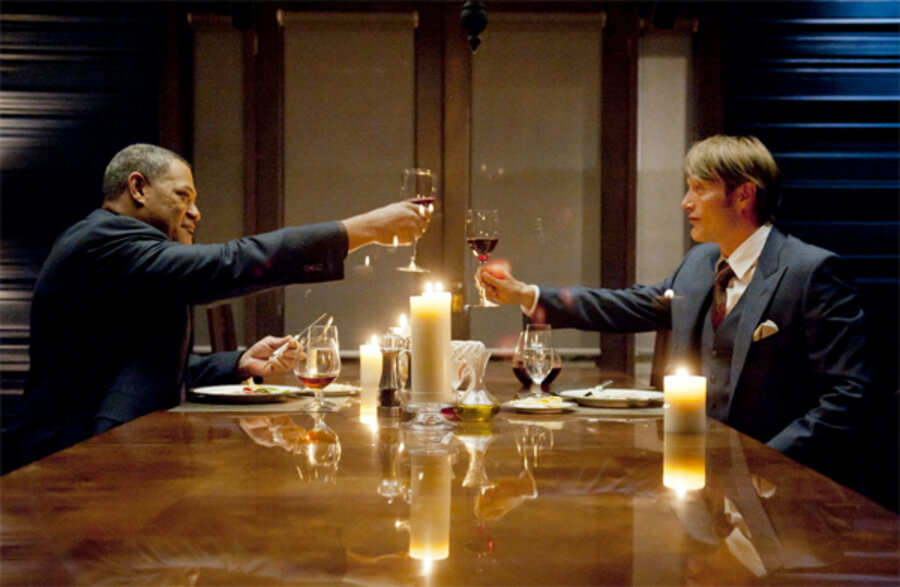'Hannibal' is back in a new TV show
Loading...
Hannibal Lecter, one of the world's creepiest fictional villains, is back, and this time he is not locked up but is a respected psychiatrist with an appetite for art, fine clothes, good food and red wine.
And he is hiding a very dark secret.
"Hannibal," which debuted on NBC on Thursday, is the first U.S. television series about the infamous cannibal created by Thomas Harris in his 1981 book "Red Dragon" and made famous by actor Anthony Hopkins in his Oscar-winning turn in "Silence of the Lambs."
After five Hannibal Lecter movies and four novels, the new TV series is based on just five early pages of "Red Dragon" and serves as a prequel to the entire Hannibal Lecter book and movie legend.
It combines solving a weekly, gory crime with the back story of Lecter and his early FBI nemesis, Will Graham.
"As somebody who had read the books and was really a student of Thomas Harris, I felt there were definitely aspects of the literature that had not been explored," creator and executive producer Bryan Fuller told Reuters.
"There was a great chapter of Hannibal Lecter's life that we haven't seen in any of the movies or any of the books. We have seen him incarcerated and as a young man, and I felt the most interesting part of his life was when he was a practicing psychiatrist and a practicing cannibal and who he was prior to incarceration," Fuller added.
Danish actor Mads Mikkelsen, best-known for playing the villain in 2006 James Bond film "Casino Royale," takes on the role of Lecter, bringing a sophisticated, alluring edge to the psychopathic killer.
But it was the character of Graham, played by Hugh Dancy, the hyper-sensitive criminal profiler who knows how serial killers tick, that first intrigued Fuller.
"Will Graham has always been seen as a stoic, competent investigator. What was appealing to me is that he is actually very vulnerable as a human being because he has to imagine himself as these killers.
"I thought it was an opportunity to really see the effects on the human psyche of being exposed to terrible violence," Fuller explained.
The first episode of "Hannibal" is inspired by two brief scenes in "Red Dragon" in which Graham recalls his emotional breakdown over his investigation and fatal shooting of a serial killer called the Minnesota Shrike.
The entire first season of the TV show – and the subsequent four planned seasons – takes place before the plot of "Red Dragon" takes off, and years before "Silence of the Lambs."
It focuses instead on Graham's mental anguish and his growing friendship and trust in Lecter, to whom he turns for emotional and psychological support.
Being a Hannibal story, however, the TV show also serves up graphic violence.
Fuller said the violence is both a reflection of the horror genre and the source material, as well as a means of underscoring why Graham loses his grip on sanity by being constantly exposed to such dark crimes.
"I thought we should have a certain amount of graphic depiction because it honors the genre. I also wanted to be respectful of the audience that is tuning in for the Hannibal Lecter show, and that comes with certain expectations and requirements," Fuller said.
In addition to its U.S. airing, "Hannibal" has also been sold to broadcasters in Canada, Britain and several European nations.






